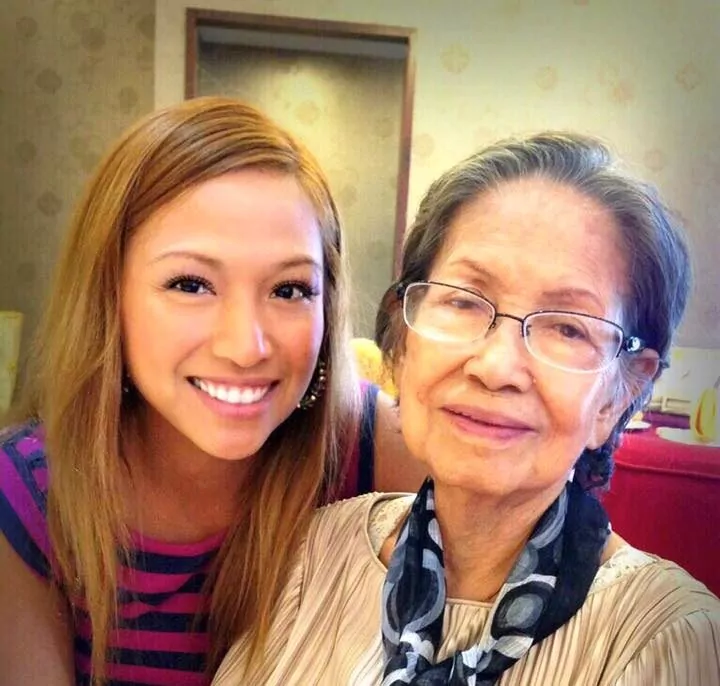Early breast cancer usually does not cause pain. However, to be safe, it is advisable to see your doctor about any breast pain or other symptom that does not go away. Diagnosing breast cancer early is very important to avoid further complications.
In This Article:
Common Breast Cancer Symptoms
Breast Cancer Diagnosis
Exams That Detect Breast Cancer
Common symptoms of breast cancer include:
1. A change in how the breast or nipple feels
- A lump or thickening in or near the breast or in the underarm area
- Nipple tenderness
2. A change in how the breast or nipple looks
- A change in the size or shape of the breast
- A nipple turned inward into the breast
- The skin of the breast, areola, or nipple may be scaly, red, or swollen. It may have ridges or pitting so that it looks like the skin of an orange.
3. Nipple discharge (fluid)
Most often, these symptoms are not due to cancer. Other health problems may also cause them. However, any woman with these symptoms should tell her doctor so that problems can be diagnosed and treated as early as possible. Remember, early detection is key in treating breast cancer successfully.
Breast Cancer Diagnosis
If you have a symptom or screening test result that suggests cancer, your doctor must find out whether it is due to cancer or to some other cause. Your doctor may ask about your personal and family medical history. You may have a physical exam. Your doctor may also order a mammogram or other imaging procedure. These tests make pictures of tissues inside the breast. After the tests, your doctor may decide no other exams are needed. Your doctor may suggest that you have a follow-up exam later on. Or you may need to have a biopsy to look for cancer cells.
Exams to detect breast cancer:
Clinical Breast Exam
Diagnostic Mammogram
Ultrasound
Magnetic Resonance Imaging
Biopsy
Your health care provider feels each breast for lumps and looks for other problems. If you have a lump, your doctor will feel its size, shape, and texture. Your doctor will also check to see if it moves easily. Benign lumps often feel different from cancerous ones. Lumps that are soft, smooth, round, and movable are likely to be benign. A hard, oddly shaped lump that feels firmly attached within the breast is more likely to be cancer.
Diagnostic mammograms are x-ray pictures of the breast. They take clearer, more detailed images of areas that look abnormal on a screening mammogram. Doctors use them to learn more about unusual breast changes, such as a lump, pain, thickening, nipple discharge, or change in breast size or shape. Diagnostic mammograms may focus on a specific area of the breast. They may involve special techniques and more views than screening mammograms.
An ultrasound device sends out sound waves that people cannot hear. The waves bounce off tissues. A computer uses the echoes to create a picture. Your doctor can view these pictures on a monitor. The pictures may show whether a lump is solid or filled with fluid. A cyst is a fluid-filled sac. Cysts are not cancer. But a solid mass may be cancer. After the test, your doctor can store the pictures on video or print them out. This exam may be used along with a mammogram.
Magnetic resonance imaging (MRI) uses a powerful magnet linked to a computer. MRI makes detailed pictures of breast tissue. Your doctor can view these pictures on a monitor or print them on film. MRI may be used along with a mammogram.
Your doctor may refer you to a surgeon or breast disease specialist for a biopsy. Fluid or tissue is removed from your breast to help find out if there is cancer.
Some suspicious areas can be seen on a mammogram but cannot be felt during a clinical breast exam. Doctors can use imaging procedures to help see the area and remove tissue. Such procedures include ultrasound-guided, needle-localized, or stereotactic biopsy.
Doctors can remove tissue from the breast in different ways:
- Fine-needle aspiration: Your doctor uses a thin needle to remove fluid from a breast lump. If the fluid appears to contain cells, a pathologist at a lab checks them for cancer with a microscope. If the fluid is clear, it may not need to be checked by a lab.
- Core biopsy: Your doctor uses a thick needle to remove breast tissue. A pathologist checks for cancer cells. This procedure is also called a needle biopsy.
- Surgical biopsy: Your surgeon removes a sample of tissue. A pathologist checks the tissue for cancer cells. There are two types:
- An incisional biopsy takes a sample of a lump or abnormal area.
- An excisional biopsy takes the entire lump or area.
If cancer cells are found, the pathologist can tell what kind of cancer it is. The most common types of breast cancer are:
1. Ductal carcinoma- Abnormal cells are found in the lining of the ducts
2. Lobular carcinoma- Abnormal cells are found in the lobules.
Related Articles:
- An Overview of Cancer
- Breast Cancer Myths
- Breast Cancer Risk Factors
- Breast Cancer Treatment Choices by Stage
Catharine “Kate” is a Certified Administrator for Residential Care Facilities for the Elderly (RCFE) and an Expert Senior Care Advisor. Kate’s grandmother battled Alzheimer’s Disease and Kate personally understands what millions of families are going through. Kate and her team are very passionate in empowering Seniors and their families by providing them with the Best Available Senior Care Options based on Senior’s care needs, preferred location and family’s budget.


